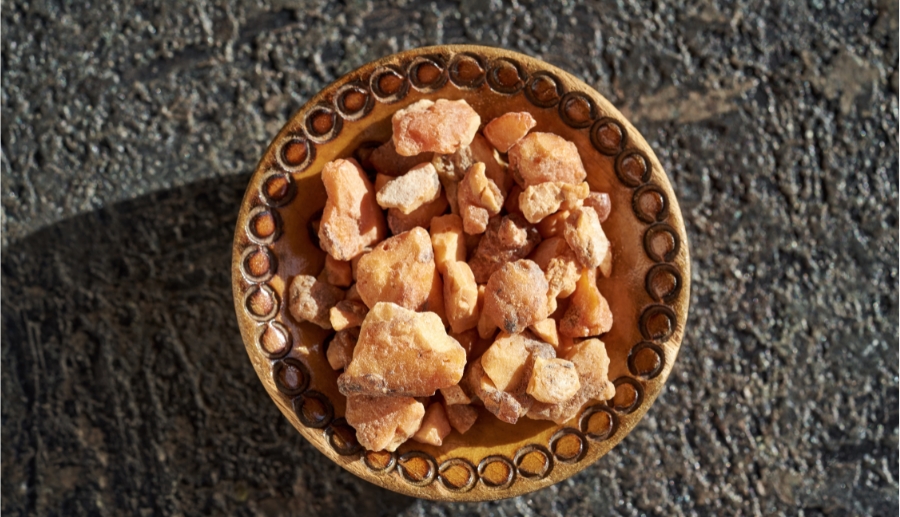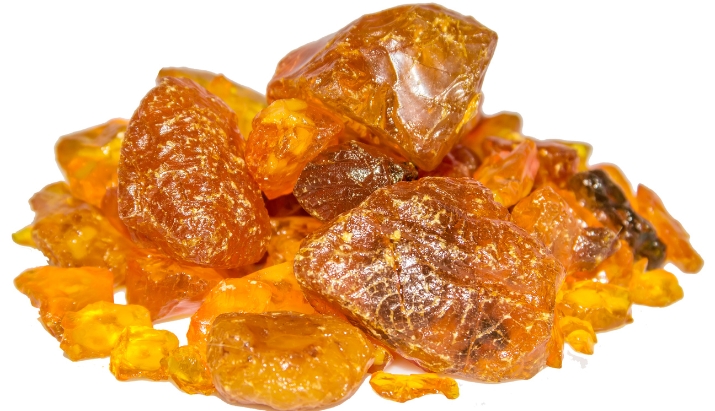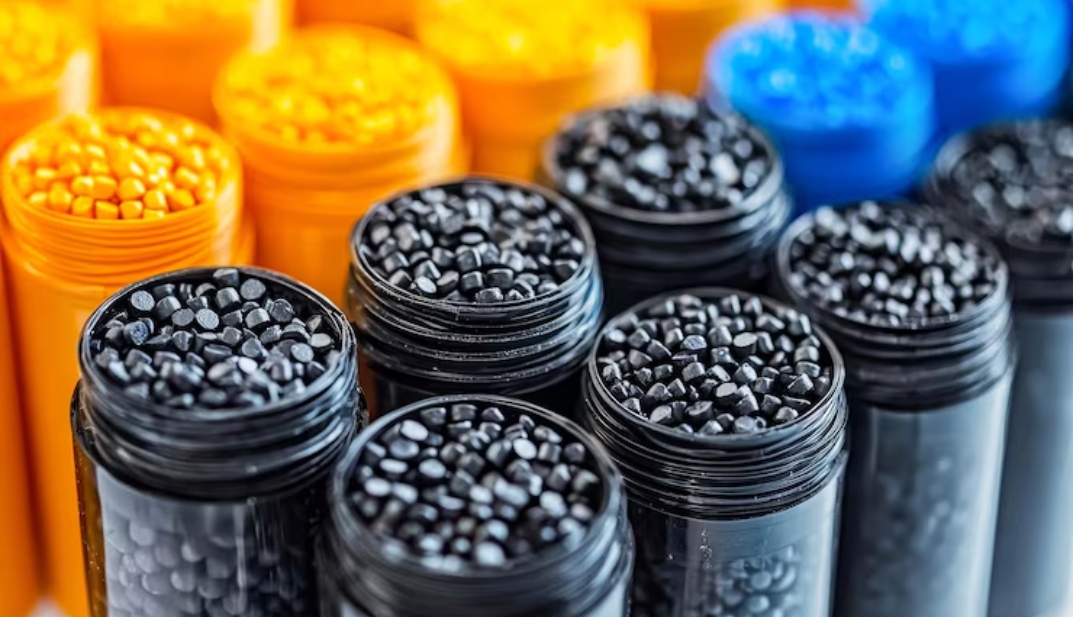
Phenolic resins are foundational materials in coatings, varnishes, adhesives and ink formulations, especially in environments where durability, chemical resistance and thermal stability are essential. One of the most influential parameters in these systems is viscosity-the flow characteristic that directly impacts formulation behavior and end-use performance.
Tailoring the viscosity of phenolic resin allows formulators to meet specific requirements in varnishes and low-temperature ink systems, including deep-freeze flexographic and gravure printing. Whether it’s improving flow in high-speed printing or enhancing gloss in overprint varnishes, the right phenolic resin grade makes a critical difference. This article explores how Phenolic Resins, particularly types like Triolac-017 and PD-1068, optimize performance based on their viscosity, acid value and thermal characteristics.
What are Phenolic Resins and Why Does Viscosity Matter?
Phenolic Resins are synthetic polymers produced through the reaction of phenol and formaldehyde. Their highly cross-linked structures provide:
- Thermal stability
- High mechanical strength
- Resistance to chemicals and solvents
In industrial formulations, resin viscosity plays a vital role. It affects the ease of application, drying behavior and the final appearance or adhesion of the product.
Why Tailored Viscosity is Crucial?
- Low-viscosity resins is ideal for smooth finishes in varnishes and polishes.
- Medium to high-viscosity resins enhance pigment binding and adhesion in ink systems designed for low-temperature conditions.
Thus, adjusting viscosity based on application ensures optimal film formation, penetration and durability-critical in phenolic resin adhesives and deep-freeze coatings.
Phenolic Resin in Varnish Applications: Clarity and Surface Finish
Overprint varnishes demand resins that deliver:
- Gloss retention
- Hard, abrasion-resistant films
- Quick drying without surface defects
Triolac-017 is a prime example. With a melting range of 68–80°C and a flow time of 20-35 seconds, it enables fine surface levelling while maintaining structural integrity post-application. The lower viscosity ensures:
- Rapid solvent release
- Smooth brush or roll application
- Compatibility with common solvents and drying oils

Additionally, its low acid value contributes to resin stability and prevents yellowing or degradation over time, making it ideal for shoe polishes, lacquers and decorative overprints.
Enhancing Ink Performance in Low-Temperature Environments
Printing inks used in deep-freeze packaging must resist cracking, loss of adhesion and pigment separation at sub-zero temperatures. This is where PD-1068 excels.
With a higher melting point and flow time between 35-50 seconds, PD-1068 supports:
- High pigment loading
- Strong interlayer adhesion
- Retention of print clarity in cold storage
It is particularly effective in flexographic and gravure printing technologies, where solvent compatibility and controlled viscosity are essential for:
- Fast machine speeds
- Uniform ink transfer
- Fade and peel resistance post-freezing
The moderate acid value (40-80) allows flexibility in formulation pH and enhances the long-term performance of the resin in extreme conditions.

Comparing Phenolic Resin Grades by Application
Here’s how Triolac-017 and PD-1068 compare across critical parameters:
| Property | Triolac-017 | PD-1068 |
| Appearance | Pale yellow to brown lumps | Reddish brown lumps |
| Melting Range (°C) | 68 – 80 | 100 – 105 |
| Viscosity @30°C (FCB4) | 20 – 35 sec | 35 – 50 sec |
| Acid Value (mgKOH/gm) | Max. 56 | 40 – 80 |
| Primary Use | Varnish, polish, paints | Deep-freeze printing inks |
This distinction allows manufacturers to choose the right phenolic epoxy resin based on their operating conditions and product performance goals.
Phenolic Resin for Adhesive and Binder Systems
Phenolic Resin Adhesives rely on cross-linking and chemical interaction with substrates for strength and durability. In such systems, viscosity influences:
- Wetting and penetration of surfaces
- Working time before curing
- Thermal resistance of the bond
This novolac-type phenol formaldehyde is used in structural adhesives, with novolac requiring curing agents and resols being self-curing.
Applications include:
- Plywood and laminate bonding
- Friction materials
- High-temperature industrial seals

By selecting phenolic resin with appropriate flow characteristics, engineers can enhance adhesive spreadability while ensuring reliable bonding even in high-moisture or variable-temperature environments.
Working with Phenolic Resin Suppliers: What to Expect
Choosing a reliable phenolic resin supplier is essential for ensuring consistency, performance and technical support:
- Precise viscosity and melting point data
- Quality control for acid value and resin purity
- Customized packaging and delivery formats
- Application-specific recommendations for printing, coating or adhesive systems
Tridev’s technical strength lies in its wide viscosity offerings and stable formulations, catering to varnishes, inks and high-performance adhesives across industrial sectors.
Conclusion
Tailoring phenolic resin viscosity is more than just adjusting a number – it’s about engineering performance. Whether you’re enhancing the brilliance of a varnish or ensuring print adhesion on packaging bound for sub-zero environments, selecting the right phenolic resin grade like Triolac-017 or PD-1068 delivers quantifiable performance advantages.
From flow and finish to durability and print clarity, the careful choice of resin viscosity unlocks new potential in phenolic resin for adhesives, varnishes and ink systems. Collaborating with trusted phenolic resin producers ensures not only quality but also innovation for evolving industrial needs.
- Rosin Modified Phenolic Resins Applications in Sheet Fed, Web Offset & Lithographic Inks
- Water-Based Acrylic Emulsions Dual Protection: Abrasion Resistance and Bio-Shielding for Coatings
- Formulation Tips for Adhesion Promoter: Balancing Titanium Content and Viscosity in Flexo Ink Systems
- Tailored Phenolic Resin Viscosity: Enhancing Varnish and Low-Temperature Ink Performance
- How Polyamide Resins Enhance Corrosion Resistance and Structural Coating Performance?



